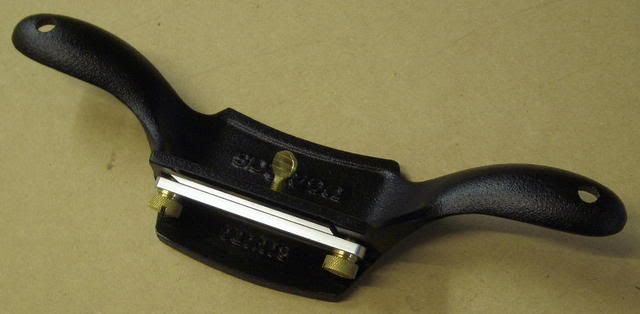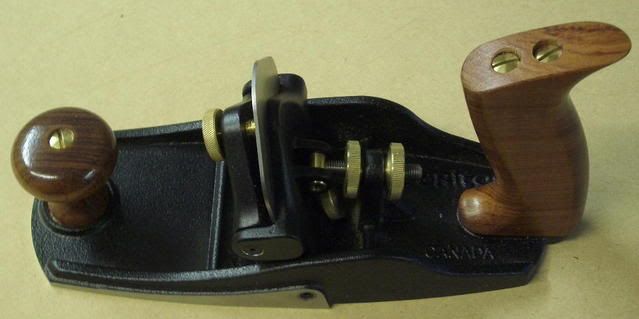HeathRobinson
Established Member
Hi all,
I'm trying to smooth over some reversing grain on reclaimed mahogany and a piece of walnut. The mahogany is particularly bad having long stripes of reversing grain running in parallel to one another. Is a scraper the answer here? The results of my forum searches seem to imply so.
If a scraper is required, I'm quite partial to the various Lee Valley offerings as they have quite a range and my bevel up bench planes are from there. Has anyone an opinion and/or experience of the following products:
- small scraper
- scraper plane
- cabinet scraper
- scraper holder
- scraping plane insert
- scraping set
Any other options? Perhaps putting a different angle blade in one of the bevel up bench planes would do the trick?
Thanks,
Simon
I'm trying to smooth over some reversing grain on reclaimed mahogany and a piece of walnut. The mahogany is particularly bad having long stripes of reversing grain running in parallel to one another. Is a scraper the answer here? The results of my forum searches seem to imply so.
If a scraper is required, I'm quite partial to the various Lee Valley offerings as they have quite a range and my bevel up bench planes are from there. Has anyone an opinion and/or experience of the following products:
- small scraper
- scraper plane
- cabinet scraper
- scraper holder
- scraping plane insert
- scraping set
Any other options? Perhaps putting a different angle blade in one of the bevel up bench planes would do the trick?
Thanks,
Simon






